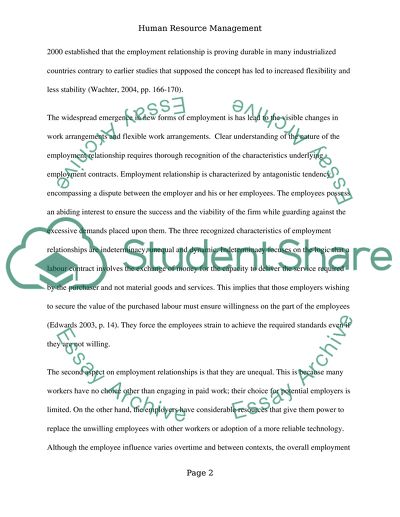Cite this document
(“The employment relationship is an exchange relationship between labour Essay”, n.d.)
Retrieved from https://studentshare.org/human-resources/1400430-the-employment-relationship-is-an-exchange-relationship-between-labour-and-capital-that-tends-to-be-unequal
Retrieved from https://studentshare.org/human-resources/1400430-the-employment-relationship-is-an-exchange-relationship-between-labour-and-capital-that-tends-to-be-unequal
(The Employment Relationship Is an Exchange Relationship Between Labour Essay)
https://studentshare.org/human-resources/1400430-the-employment-relationship-is-an-exchange-relationship-between-labour-and-capital-that-tends-to-be-unequal.
https://studentshare.org/human-resources/1400430-the-employment-relationship-is-an-exchange-relationship-between-labour-and-capital-that-tends-to-be-unequal.
“The Employment Relationship Is an Exchange Relationship Between Labour Essay”, n.d. https://studentshare.org/human-resources/1400430-the-employment-relationship-is-an-exchange-relationship-between-labour-and-capital-that-tends-to-be-unequal.


